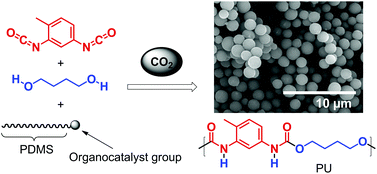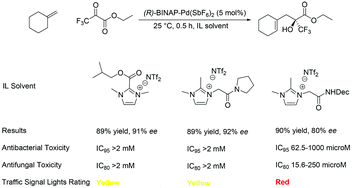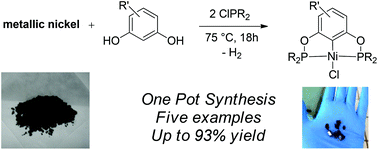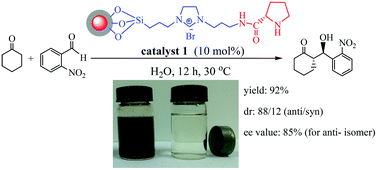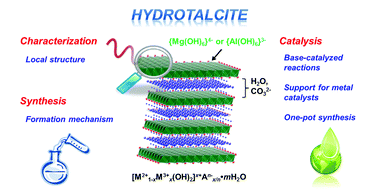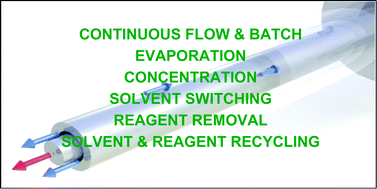
Industrial Green Chemistry World (IGCW)
IGCW is an industrial initiative for bringing together the chemical industry to collectively expand its awareness on environmentally benign manufacturing practices and technologies. IGCW aims to go beyond the theoretical understanding of ‘green’ chemistry & engineering, and attempt to bring forth technical know-how of green chemistry applications from laboratories to industry. The focus of IGCW is to recognize emerging global trends in the direction of prioritizing sustainability and environmental safety with a commitment towards triple bottom-line benefits of Profit, Society and Sustainable planet.
This December, the GCF along with the other committed partners and supporters will be hosting the 3rd IGCW-2013 Convention & Ecosystem, with additional dimensions to incorporate the increasing need of awareness on specific technologies and its applications from the sustainability viewpoint.
The key Industrial sectors impacted though the IGCW-2013 Convention are:
- Pharmaceuticals
- Agro-chemicals
- Dyes & pigments
- Fine & specialty chemicals
IGCW-2013, as a platform will facilitate various opportunities for both the green chemistry based solution seekers (i.e the Industry audience) as well as the green chemistry based solution providers (i.e: the Technology leader companies, Start-up and Technocrats, Academia, Research Institutes and Govt. bodies), by providing a tangible platform to get them connected for collaborative partnerships.
Day 1 of IGCW-2013 Convention is for Chairman, Board of Directors, Founders, Presidents, CEOs and other Senior decision makers.
Day 2 is for the R&D and Technology Personnel such as Presidents & VPs, CTOs, CSOs, R&D Managers, Inventors, Innovators, Consultants, Technocrats
Day 3 is for the Operations and Production Personnel- Directors, Presidents, VPs. Plant Managers, EHS Managers
IGCW-2013 will provide networking opportunities to interact with global experts, industrial experts, thought leaders, key decision makers, senior officials from government & regulatory bodies and renowned scientists.
Click here to register and participate! You can engage through our social channels: Twitter, Facebook, LinkedIn. For enquiries: krishna.dave@newreka.co.in

Comments Off on Industrial Green Chemistry World


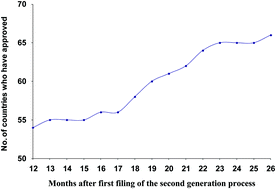
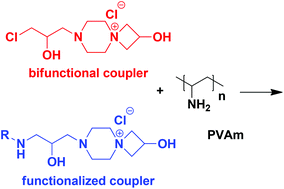
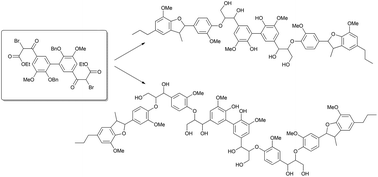










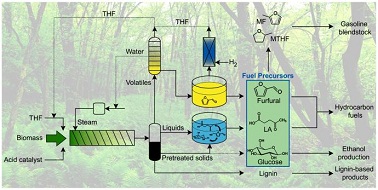
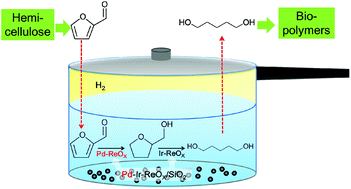
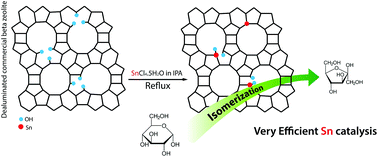
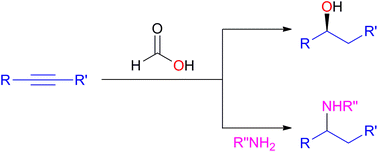


![GA[1]](https://blogs.rsc.org/gc/files/2013/09/GA1.gif)
![GA[2]](https://blogs.rsc.org/gc/files/2013/09/GA2.gif)
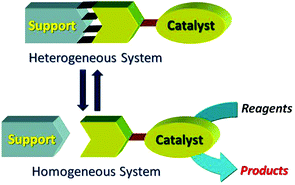
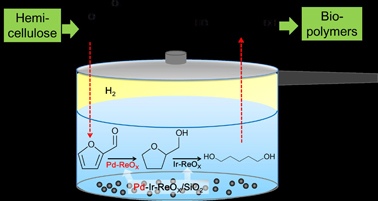
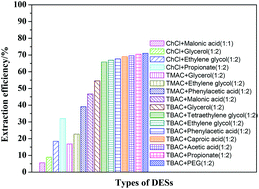
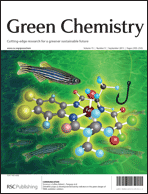 The front cover this month (pictured left) features work by Terrence Collins, Robert Tanguay and co-workers from the USA. In their Communication, they report how Zebrafish embryo developmental assays allow the relationships between catalyst structure, performance and toxicity to be mapped for seven full functional mimics of peroxidase enzymes of the TAML activator family.
The front cover this month (pictured left) features work by Terrence Collins, Robert Tanguay and co-workers from the USA. In their Communication, they report how Zebrafish embryo developmental assays allow the relationships between catalyst structure, performance and toxicity to be mapped for seven full functional mimics of peroxidase enzymes of the TAML activator family.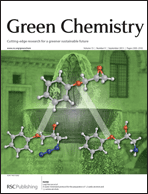 The inside front cover this month (pictured right) features work by Luigi Vaccaro and co-workers from Perugia, Italy. In their work they report a flow procedure which produces excellent yields of 1,2-azido alcohols and significantly minimizes waste. Furthermore, 1,2-amino alcohols are also prepared in quantitative yields.
The inside front cover this month (pictured right) features work by Luigi Vaccaro and co-workers from Perugia, Italy. In their work they report a flow procedure which produces excellent yields of 1,2-azido alcohols and significantly minimizes waste. Furthermore, 1,2-amino alcohols are also prepared in quantitative yields.